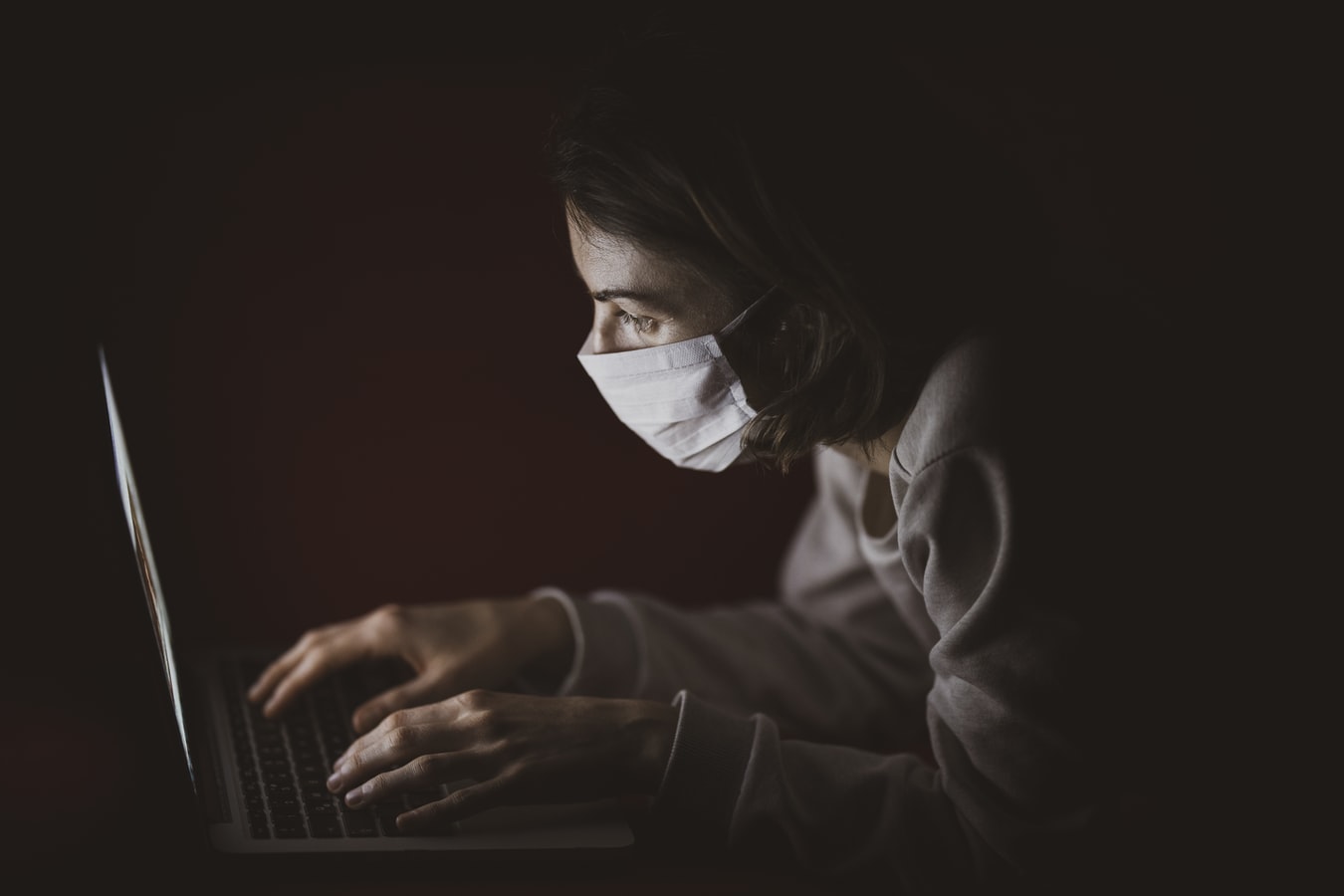
Pandemic And Your Business
An often overlooked business disaster is a pandemic, due to the huge financial and cost impact potential.
Pandemic is just another disaster that can befall your business. In fact, there are many kinds of “disasters” that we have to plan for besides earthquakes, fires and floods.
You or a key employee could become incapacitated or worse. Perhaps your company is led by you and your spouse, and you both have an accident. There’re quite a few scenarios requiring a disaster plan.
Today we will cover how your business may be impacted in the event of a pandemic. There are a few different ways this is impactful.
Business Impacts of a Pandemic
This could be an extended event, with multiple waves of outbreaks in the same geographic area; each outbreak could last from 6 to 8 weeks. Waves of outbreaks may occur over a year or more. Your workplace will likely experience:
Absenteeism – A pandemic could affect as many as 40 percent of the workforce during periods of peak influenza illness. Employees could be absent because they are sick, must care for sick family members or for children if schools or day care centers are closed, are afraid to come to work, or the employer might not be notified that the employee has died.
Change in patterns of commerce – During a pandemic, consumer demand for items related to infection control is likely to increase dramatically, while consumer interest in other goods may decline. Consumers may also change the ways in which they shop as a result of the pandemic. Consumers may try to shop at off-peak hours to reduce contact with other people, show increased interest in home delivery services, or prefer other options, such as drive-through service, to reduce person-to-person contact.
Interrupted supply/delivery – Shipments of items from those geographic areas severely affected by the pandemic may be delayed or cancelled.
These are some tips for you to prepare. These are great to consider for you personally or your business. How do we prepare for being incapacitated, quarantined, or otherwise prevented from living life as usual?
Personal Preparation
Identify and share the location of important digital records like family photos and backups of tax documents. These may be on an external hard drive, on cloud storage, or on CD or DVD recording media.
Login accounts for important websites such as a mortgage, bank, garbage, gas, electricity, insurance, social media (many people are connected via that instead of by phone, so you can’t look at a phone to contact important people). Don’t forget your email & phone passwords or PIN – we rely on these to authorize all kinds of things like recurring app payments and more.
Not sure what accounts you have? For 2 months, check every debit on your accounts against mailed or emailed receipts. If you have a charge that you don’t get a receipt for, contact the vendor and ask that you get emailed a receipt. If you are incapacitated, someone else could use that information to keep your bills paid.
Develop a sick leave policy that does not penalize sick employees, thereby encouraging employees who have influenza-related symptoms (e.g., fever, headache, cough, sore throat, runny or stuffy nose, muscle aches, or upset stomach) to stay home so that they do not infect other employees. Recognize that employees with ill family members may need to stay home to care for them.
Stockpile items such as soap, hand sanitizer, cleaning supplies and recommended personal protective equipment. When stockpiling items, be aware of each product’s shelf life and storage conditions (e.g., avoid areas that are damp or have temperature extremes) and incorporate product rotation (e.g., consume oldest supplies first) into your stockpile management program.
Provide your employees and customers in your workplace with easy access to infection control supplies, such as soap, hand sanitizers, personal protective equipment (such as gloves or surgical masks), tissues, and office cleaning supplies. Anything people touch can retain germs and viruses. You’ll want to use a low-water disinfectant wipe to get all the touched surfaces. Keep a package of high-alcohol wipes near touched surfaces so users can clean before AND after using them.
Enabling remote workers – Need people to work in the office, but don’t want the hassle of giving them a laptop or having them move their computer home (which in many cases won’t work at all)?? There are online services which create a secure connection between a home computer and a work computer, allowing the user to remotely operate the work computer as if they were there. In fact, they might even be able to print documents to work printers or the one they have at home.
Having backup hardware – In a quarantine environment (known to last as long as 3 weeks or more) replacement hardware will not be available. Plan ahead by having backup devices or different methods available to continue to do work. This might be as simple as adding your work email to your smartphone, or getting that computer replacement today so the old one can be relied upon as a backup.
Credentials – Login and passwords for bank accounts, website management, social media advertising, etc. These might not be available to staff members who have to fill in for people incapacitated or quarantined from coming to the office. Make sure all key credentials are saved in a secure and shareable tool like Lastpass.